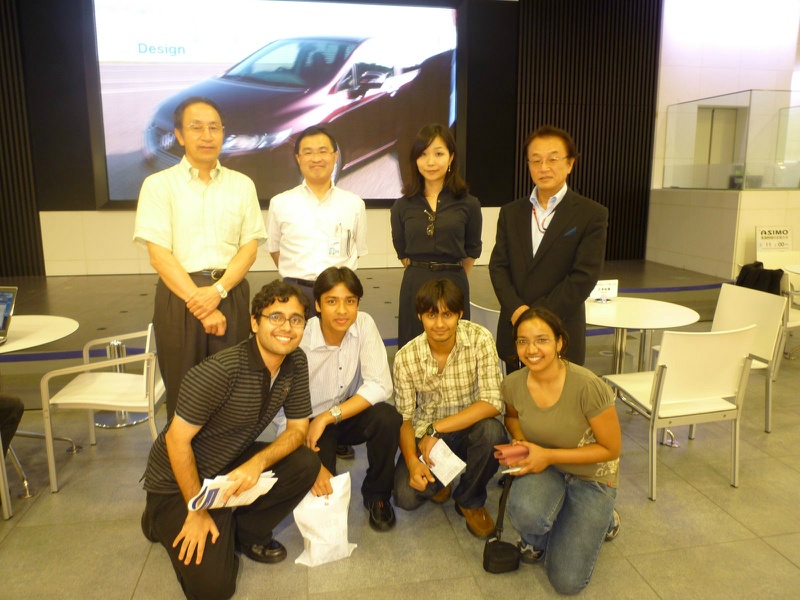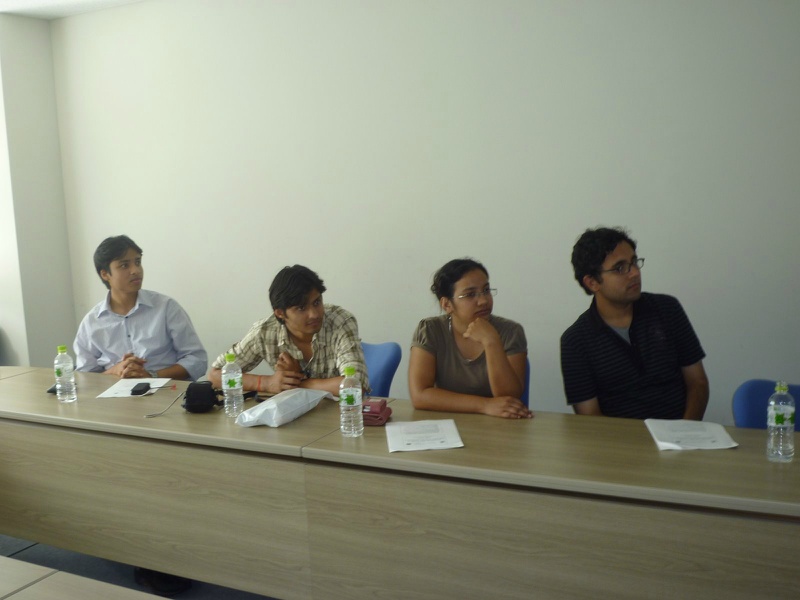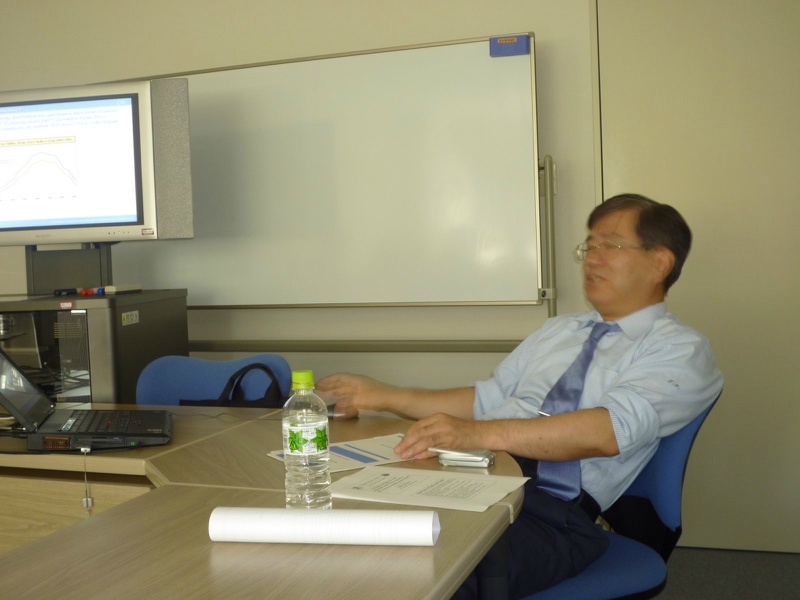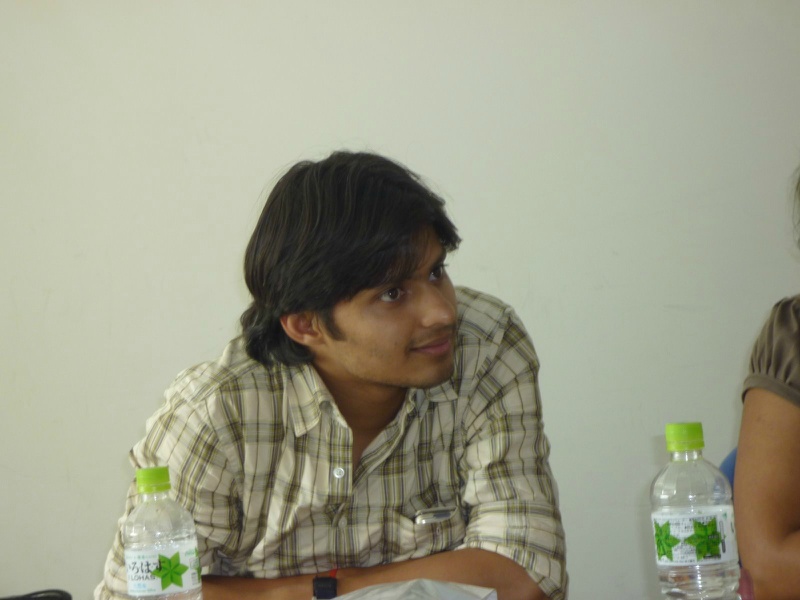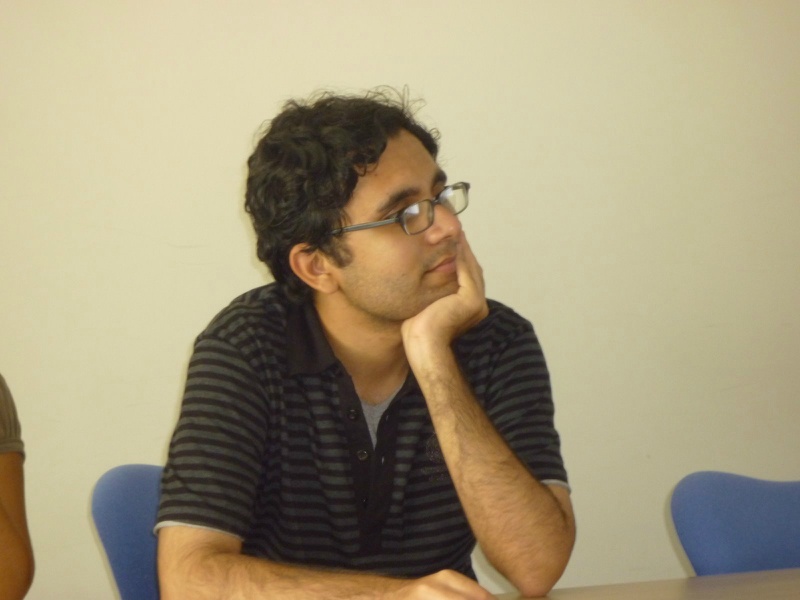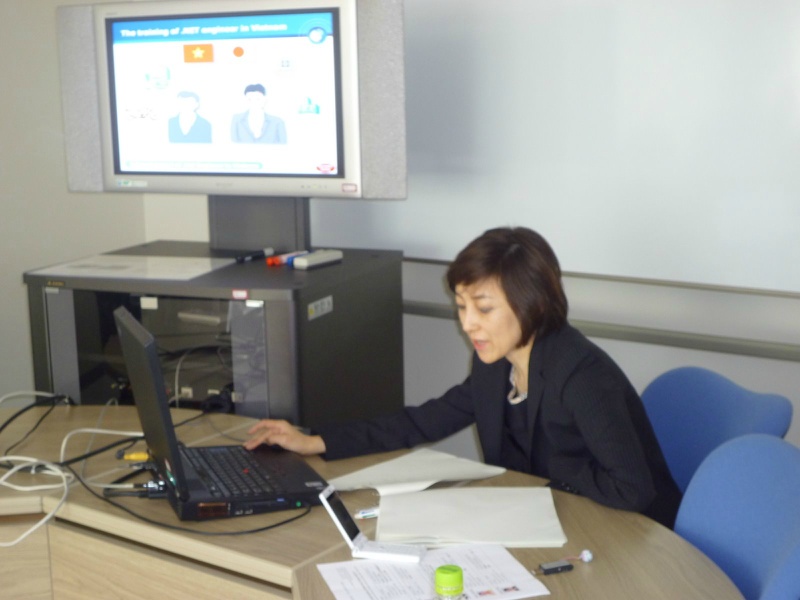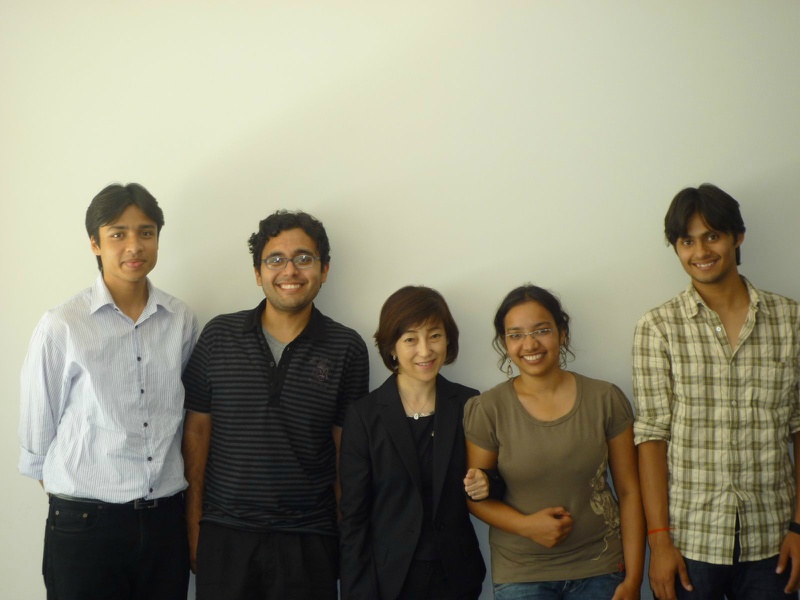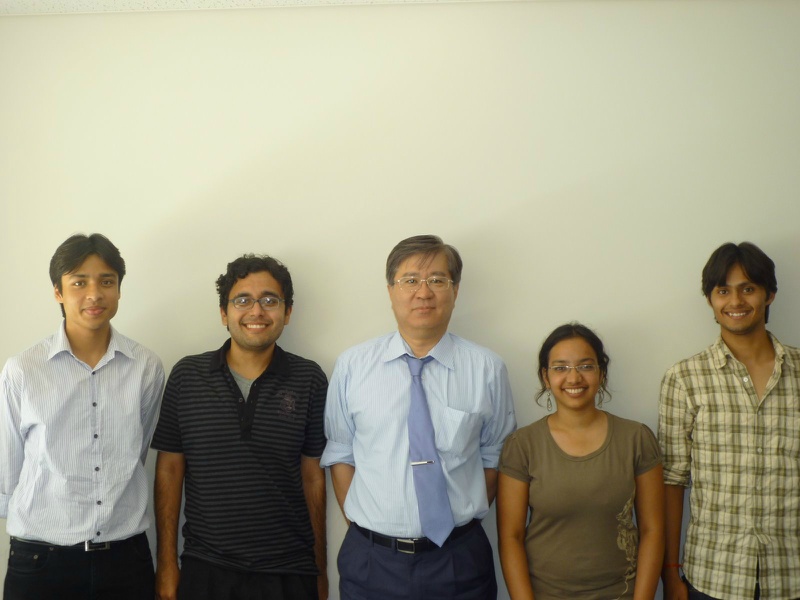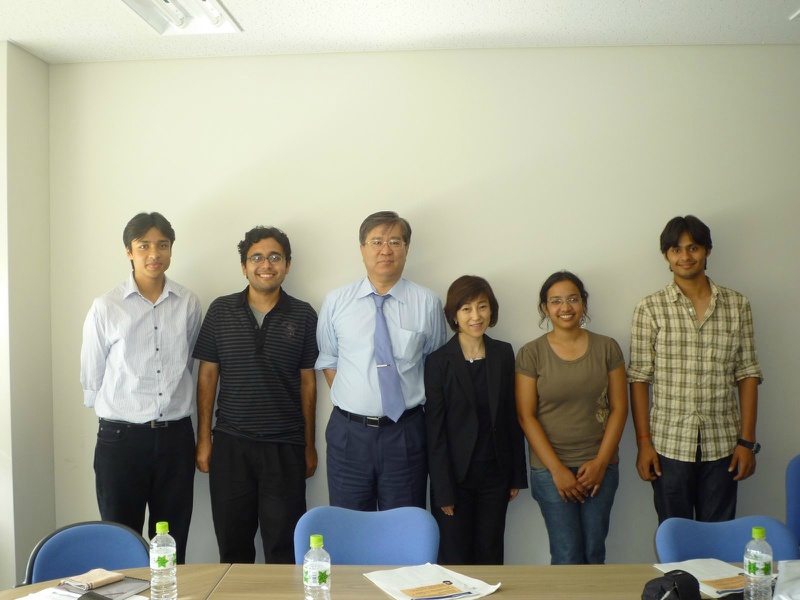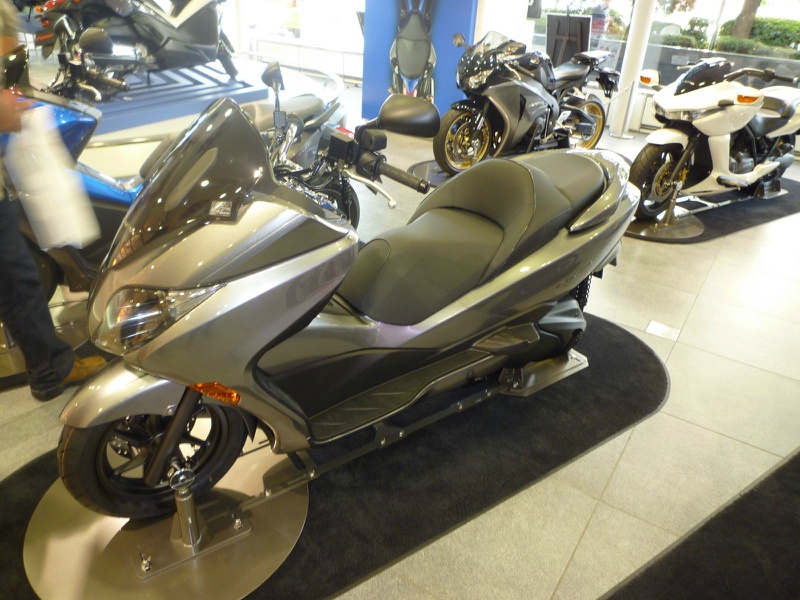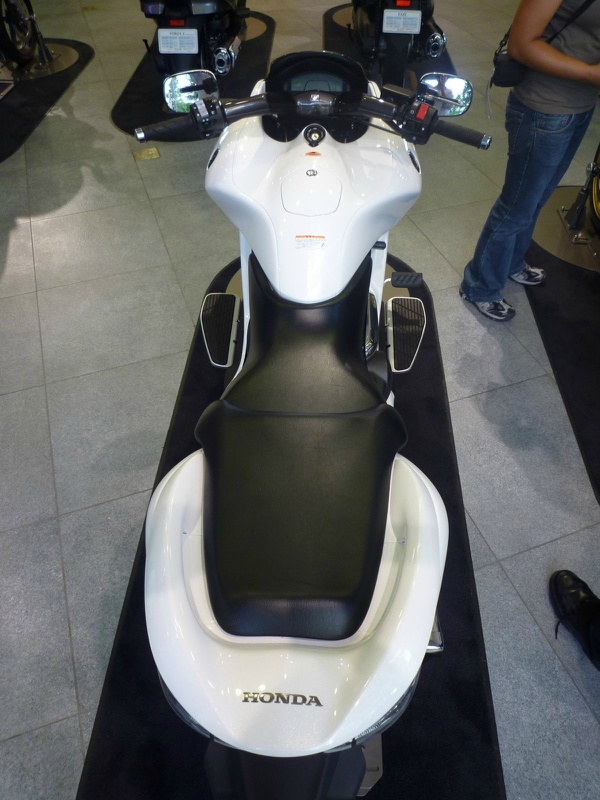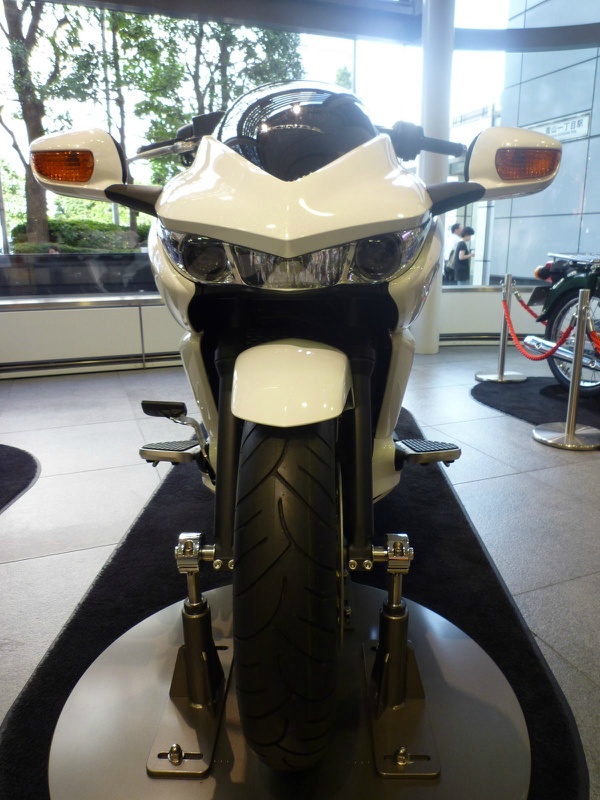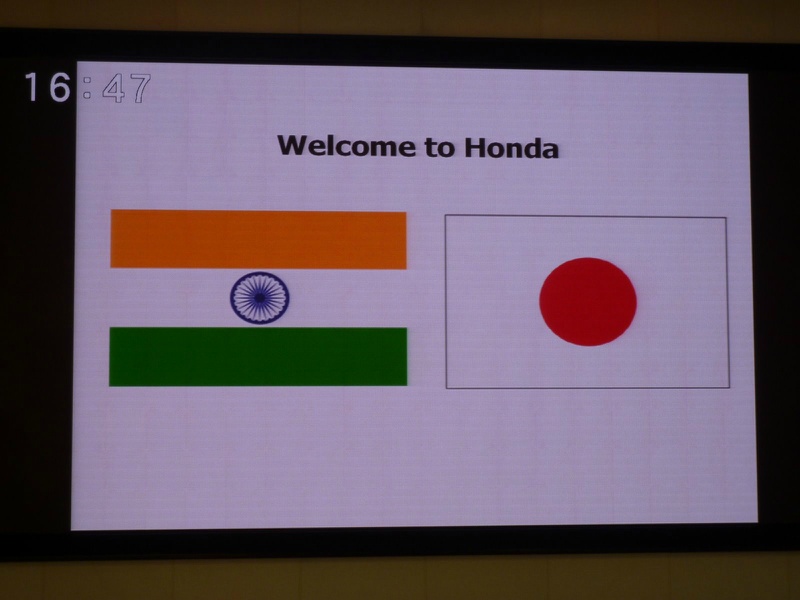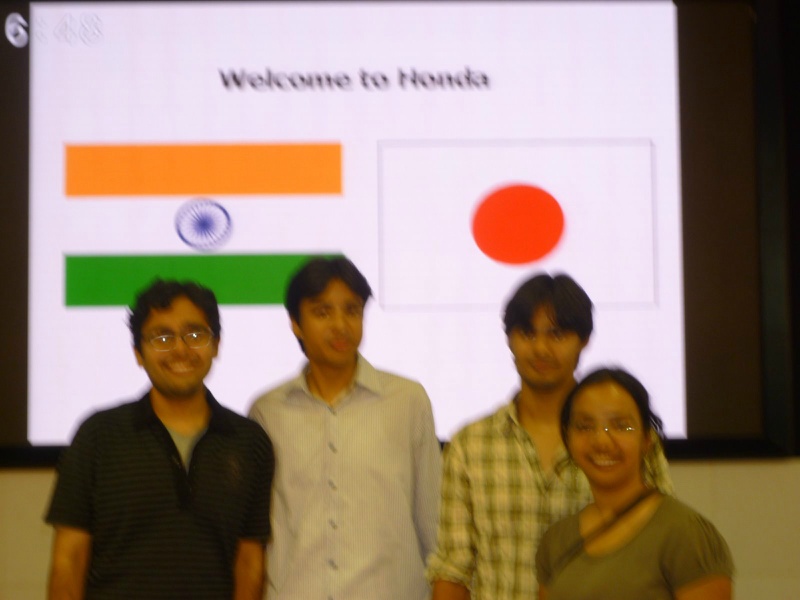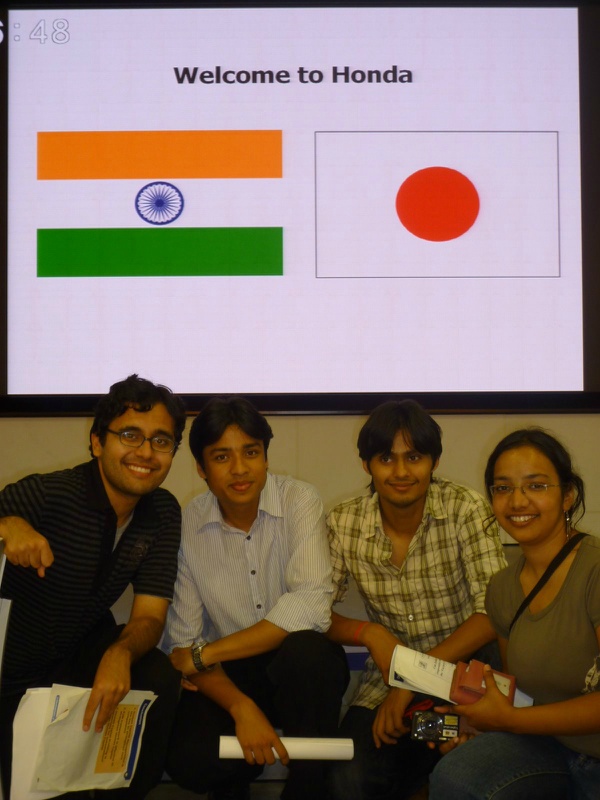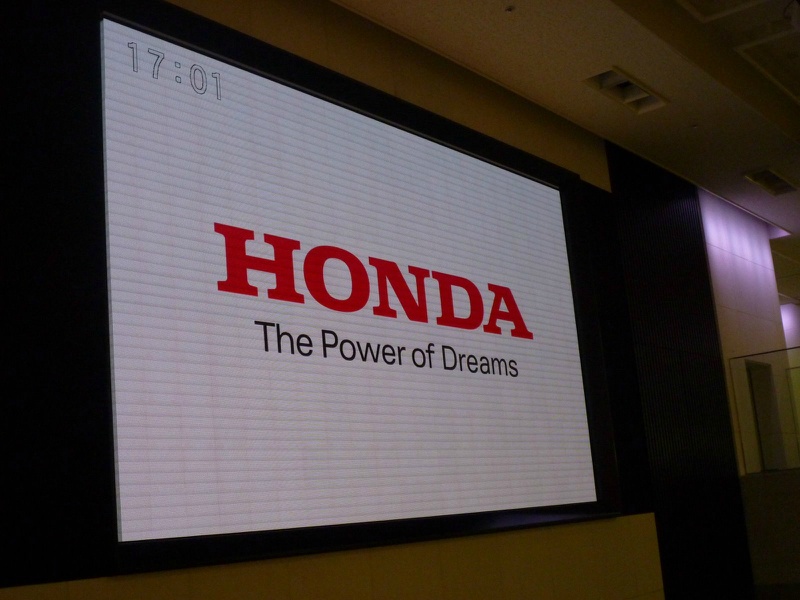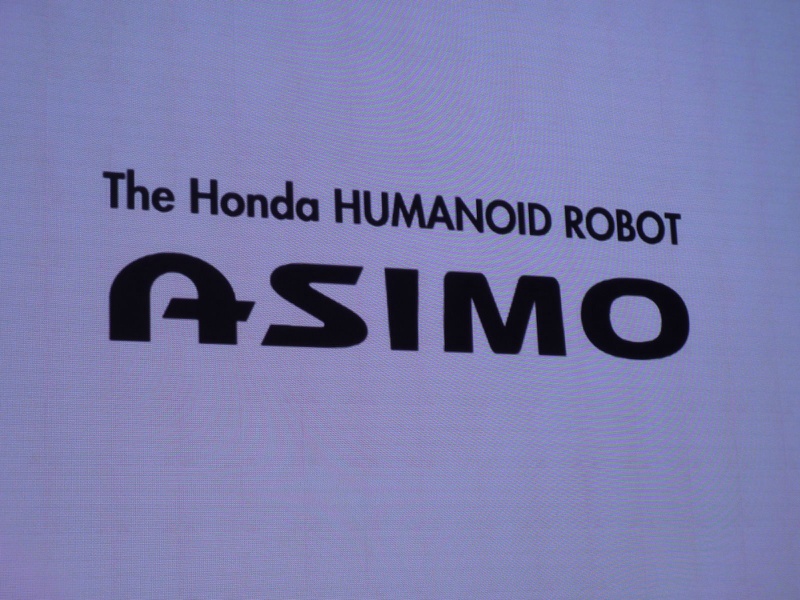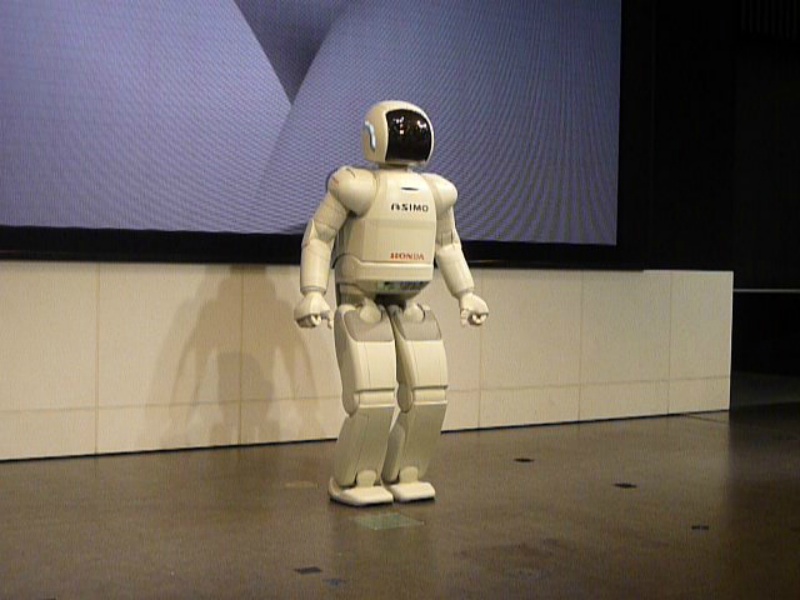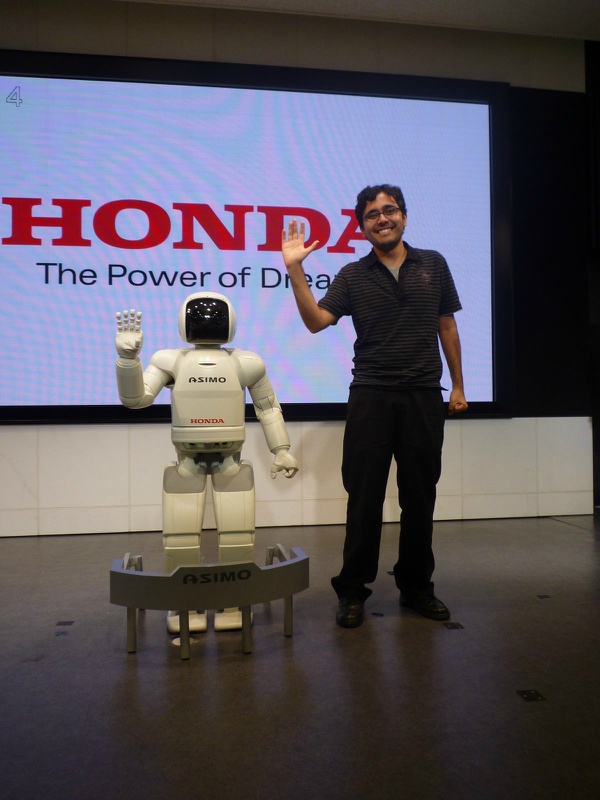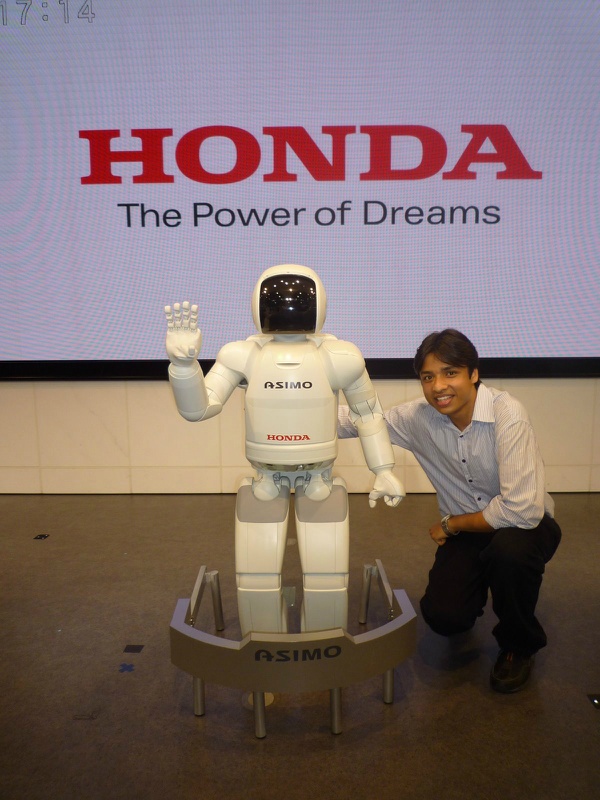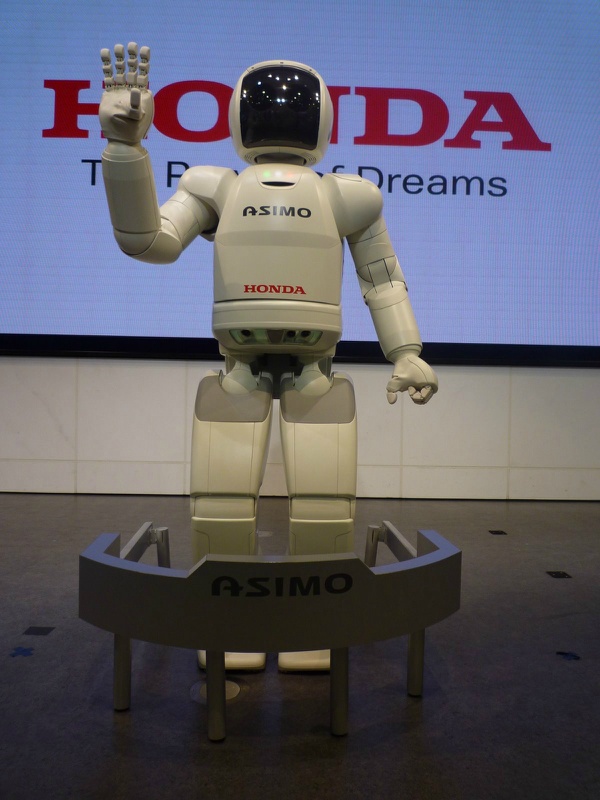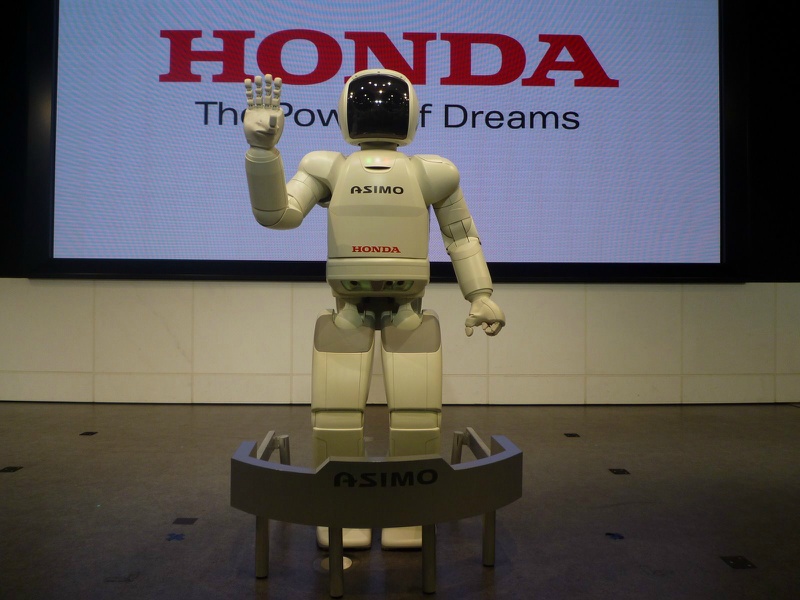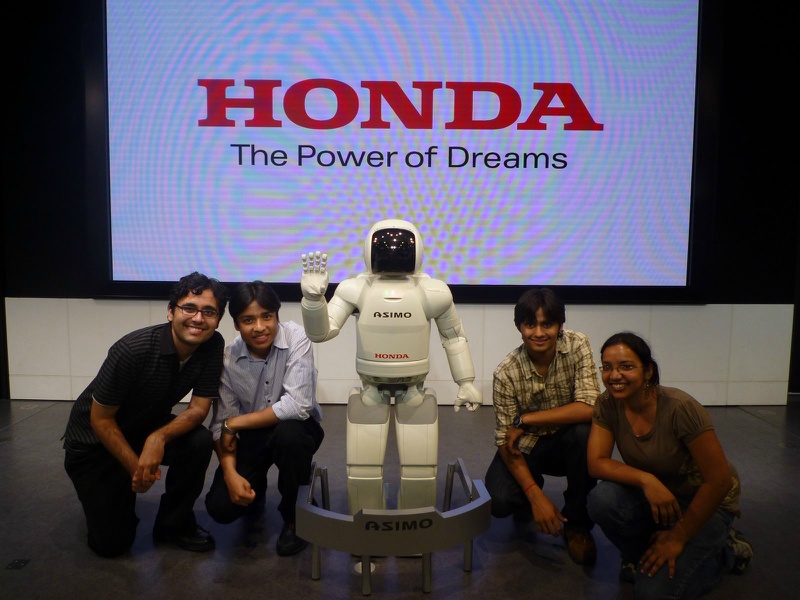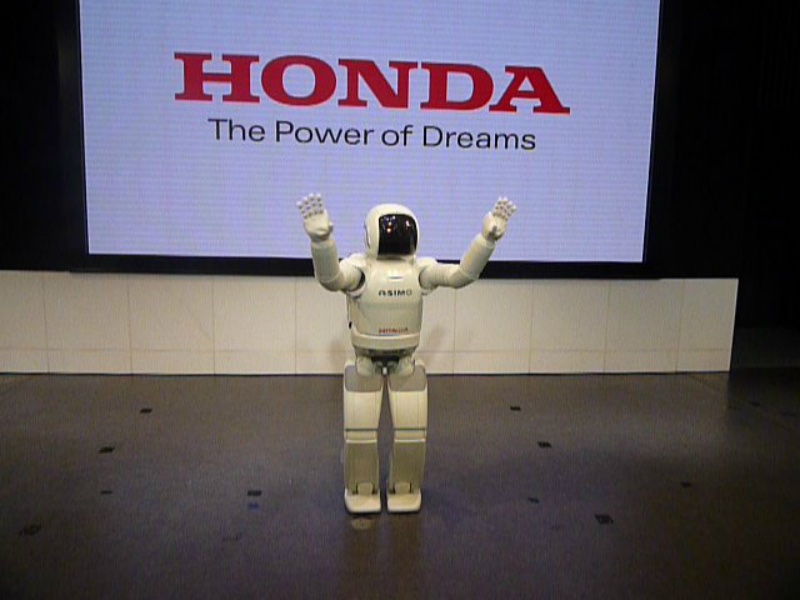It’s been a long time since I was at Hanoi last time. Now I am here again for two reasons: to move for YES (Young Engineers and Scientists) Award (Ref.1, 2) of Honda foundation
and to have an informal talk with the officials of government of Vietnam on its Science and Technology policies.
As I always say in every opportunity, it is my deep conviction that the most fundamental goal of education in Japan is to produce human asset that is ready to cope with this speeding global age and it should be done through promotion of active multi layered international exchanges. I am sure that those of you who are frequent visitors of my blog know this…
For this purpose I am helping the Honda foundation on its YES program that is supporting young generation of Vietnam, India, and other ASEAN countries.
While I was waiting for my colleagues to join me from Cambodia, Drs. Thang and Ann (photo1) came to see me at the hotel. I have known them for more than 10 years, ever since I was councilor, and later President, of the International Society of Nephrology. Now, they are leading figures in this field in Vietnam. Dr. Ann has experience of spending 3 months at Tokai University by invitation. I recall that it was 17 or 18 years ago when I first visited Hanoi and saw hospitals operating in unbelievably bad conditions.
 Photo 1: From left, Dr. Thang and Dr. Ann.
Photo 1: From left, Dr. Thang and Dr. Ann.
Dr. Ca, whom I believe is the “number 2” in Science and Technology Department, organized my meeting with the government officials including two former ministers and we enjoyed heated discussions. Dr. Ca and I are familiar with each other because we both participated in the Conference of the Science Council of Asia for these 7, 8 years. Every time I see him, he is promoted to higher responsibilities. I am happy to see this.
 Photo 2: With Dr. Ca. From left, Dr. Ishihara of Honda foundation, Dr. Ca, myself, Dr. Sunami of GRIPS, local officer.
Photo 2: With Dr. Ca. From left, Dr. Ishihara of Honda foundation, Dr. Ca, myself, Dr. Sunami of GRIPS, local officer.
 Photo 3: Electric wires in the town. So crowded!
Photo 3: Electric wires in the town. So crowded!
In the evening, by chance, I was able to stop by at the wedding party of Dr. Thang’s daughter for 10 minutes before going to the airport. So many guests were there.
I spent one night at Bangkok and left for Yangon, Myanmar. At Yangon, I visited the Yangon Technological University (Ref.1) located in a beautiful simple scene to exchange views with the professors and President on what the best possible YES program of Honda foundation would be. After this, went to pay a visit to H.E. Nogawa at the Embassy of Japan, to JICA office, and Myanmar Association of Japan Alumni (MAJA) (approximately 800 alumni including short stays).
The President of MAJA, Dr. Kyaw was about the same generation as I. He studied as research student at Department of Neurosurgery at School of Medicine, The University of Tokyo and earned his degree under the supervision of Professors Shimizu and Sano. Good old memories! This sort of relationship is even more necessary for tomorrow’s Japan, and I want even more young people go study abroad, to mix and compete with others, but even at this global age, the number of students studying abroad is decreasing in Japan for some reason. In other words, “inward looking, secluding” mentality is spreading – a strange phenomenon. I think this problem is more prominent in boys.
I also want more energy in professors. If professors are “inward looking”, nothing much can be done about it, but at least they should put young students at the top priority because they are going to handle this nation in the future. This is really a problem. Same problems exist in companies, too.
I left Yangon in the evening for Japan. It was a busy trip, but there were lots to see and hear, and many nice people to meet.
I arrived at Narita next morning, spent some time at GRIPS, and in the evening went to the recording of “Prime News”, a television program of BS Fuji channel. The topic of that night was “Davos meeting, the world, and Japan”. The guests were Mr. Motohisa Furukara, “secretary-genral” of National Strategy Bureau of Cabinet headed by Deputy Prime Minister Kan and Ms. Kumi Fujisawa of Sofia Bank, and myself. By any chance have you seen it?














